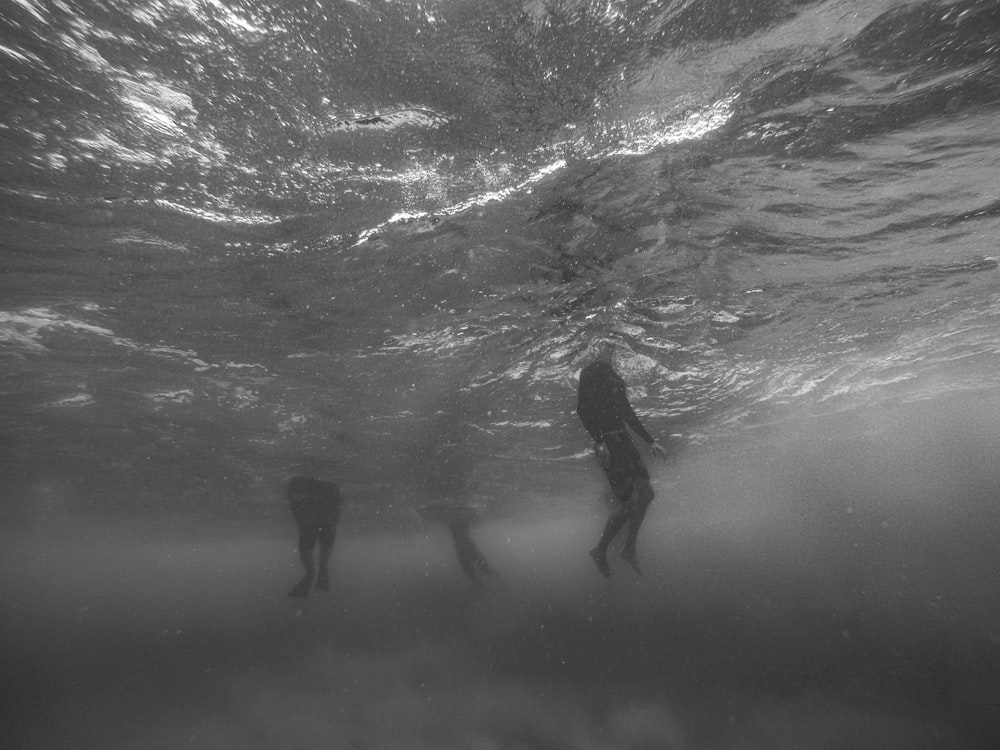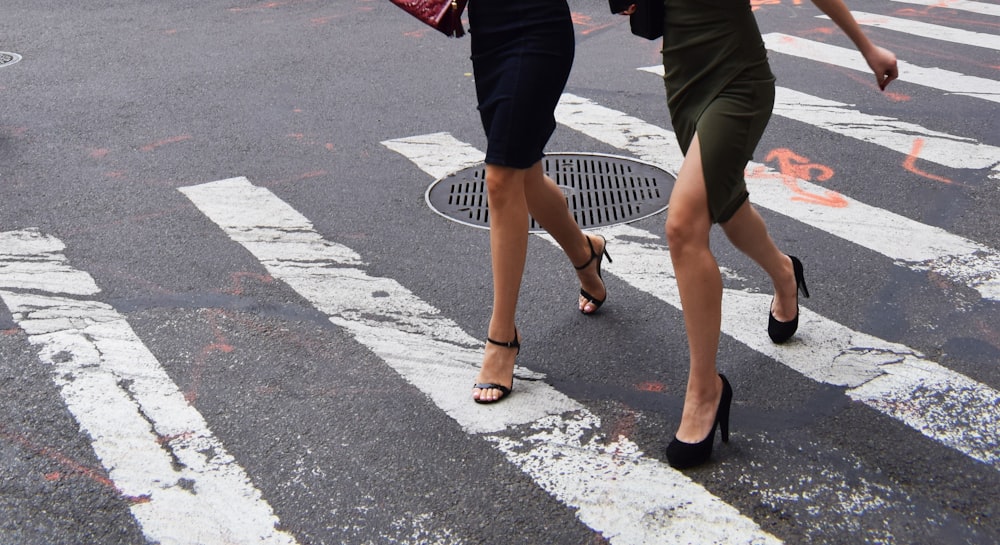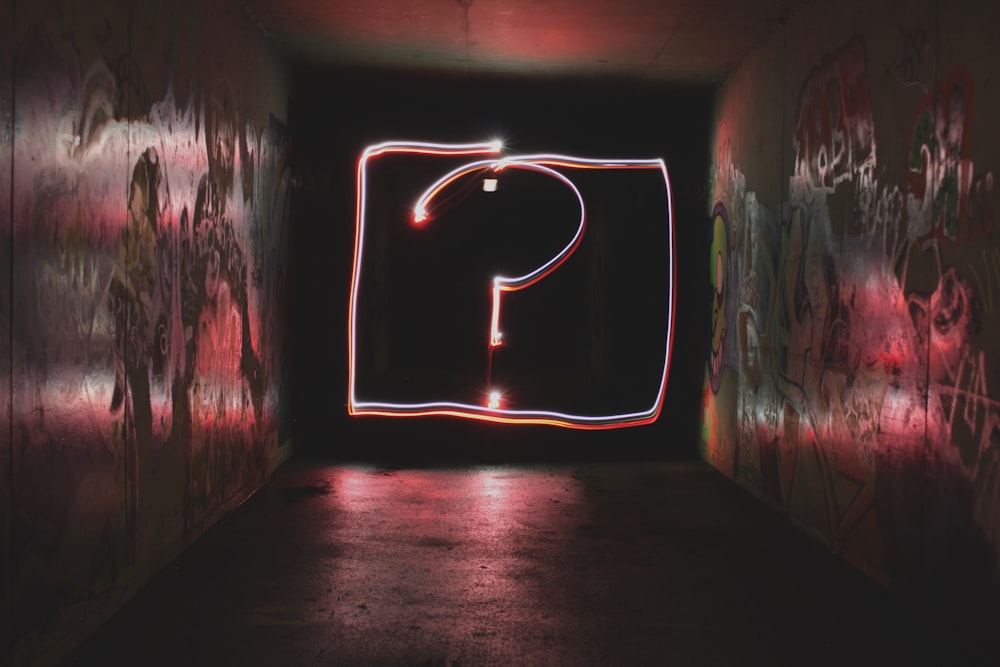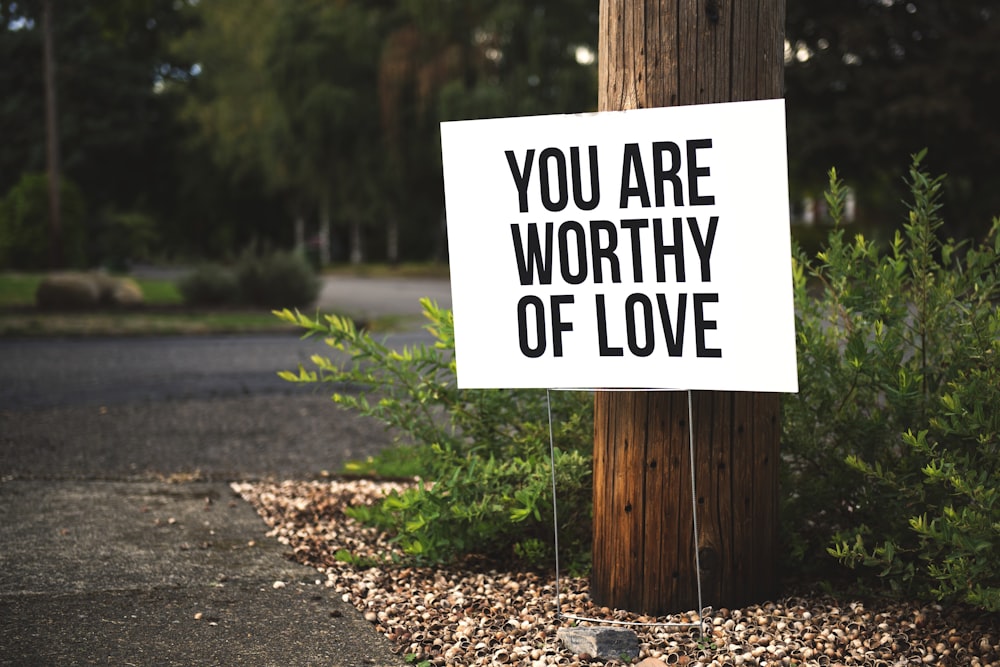This morning was shocking. Maybe for many it was just an ordinary day. But for the majority of people I suspect there was this aftershock that was not of the natured earthquake that we Californians become accustomed. This aftershock was Anthony Bourdain, the embrace all cultures, all hole-in-the-walls, and all foods celebrity chef and noteable star of CNN’s Part’s Unknown. Suicide at 61 today, June 8, 2018. To receive the news of his death ...
so early in the morning, before even starting one’s day is difficult to digest. Mr. Bourdain had many more shows and presidents to interview. Moreover, what was most turbulent was the first earthquake which is usually the strongest. To be clear, I am not saying that the Bourdain aftershock was less significant than the first shock. Despite both quakes being shocking in their own right the first is usually the biggest; and, the second is just as depleting as you might not be able to process the fortitude of its emotional magnitude during the experience. As you might be still riveting from the first jolt.
This first earthquake was we know was Kate Valentine Spade, who was honored, yet misunderstood, with the elite title of an inspiring accessory by Kenneth Cole. What was meant in his acknowledgment was something that shines and pops out in the brilliance. And within that brilliance there is even more drive and energy to further what is nuanced and magically stated. Perhaps her now public acknowledged fashion granting right-of-passage for many young women is only more telling when you hear personal narratives of Ms. Spade’s impact on young women in their careers. A fashion Icon revered. Suicide at age 55 on Tuesday, June 5, 2018.
When these unexpected suicides express themselves they cause questions, anger, confusion, dismissals, depression; and, many other feelings. Were there signs; what could we have done to prevent this; did loved ones know something that should have been revealed; why didn’t they seek help or call?
We often assert that deep dark depression or financial ruin or social shaming equals a path to suicide. My experience as a licensed therapist who has worked with depressed teenagers, adults (married, coupled, single) and the elderly shows a common thread. The ontology of suicide is present universally and evenly in many cultures and social groups in the United States. NPR give an oral report of dramatic increases in suicides across the country since 1999.
Additionally, CNN concurs with the The Center for Disease Control’s (CDC) findings with insight into methods used (firearms, hanging, suffications, opioid, poisoning). One fact that CNN elaborates is that more than 50% of suicides did not have a known mental health condition. This is an unease because within this group who did indeed have mental health challenges. I have been trained to know indicators for suicide (It becomes routine for professionals to know these signals: Is there a plan, means, motive? A depressed person suddenly giving away personal items. A disorganized person suddenly getting their life/plans in order. Different age groups and demographics having higher rates of suicide attempts, or if there is a family history of suicides. Of course there are other signs but right when we think we know the indicators we fail to see the one incident that causes the suicide completion). For my professional unease I will be honest: I did not know this as fact: "Digging deeper, the researchers found that several circumstances, including the loss of (or problems in) a relationship, were more likely to trigger a suicide among those who did not have a mental health condition."
As a professional marriage and family therapist I should know that a relationship in trouble is a possible trigger for suicidal ideation. The greater issue is not that I didn't know this to be a major risk factor for attempts. The issue is that we need to have easy non-threatening dialogue about depression and suicide. If there are transparent discussions and more shared open dialogue and engagement of experiences specific to depression and its path to suicide attempts and their completions, then we will not only understand suicidal ideation better but we will reduce suicide attempts and completions.
With Mrs. Spade, her history of depression and anxiety, coupled with her relationship problems with the inclusion of her age demographics placed her at a high risk which many of us missed. Allegedly, some friends reported that she was not as socially present recently due to her challenges. Based on accounts, she had a wonderful life. Based her accounts and the lens from which she saw the world she was struggling and the collective community missed the risk factors. The LA Times article Designer Kate Spade’s Death Renews Conversation About Mental Health Awareness helps bring to light Mrs. Spade’s world while avoiding stigmas and the shaming that can occur simply by starting the conversation. Moreover, the article sites the American Foundation for Suicide Prevention (AFSP) as stating “There is never a single cause for suicide,” it noted. “Suicide is the result of many factors that come together such as an underlying mental health condition, life stressors, and access to lethal means. We must do more to prevent such tragic deaths through greater awareness of mental health, common risks and warning signs, and effective interventions and treatments.”
Although Mrs. Spade and Mr. Bourdain’s life experiences are vastly different they each had triggers that led to possible impulsivity in their acts of suicide completion. With Mr. Bourdain, suicidal risk factors and protective factors against suicide were observable through reflections and historical accounts. Granted he verbalized in an interview that his daughter was a primary reason for his living. Thus, based on perceptions, and his presentation, he had a wonderful life. Yet, were the triggers and risk factors prominent enough to be identified?
Last year I blogged about Depression, Suicide; & the New Historical Global Events Now a Part of Our Daily Living? In the latter part of the article there is discussion on suicidal statistics, global stressors and triggers, and a 2016 New York Times article chronicling suicide rates surging to historic highs.
What we have is an ongoing crisis that is increasing in this country. Suicide. Thus, sadly it takes iconic presentations to carry the message in an accessory type fashion so that we can indulge our senses. This indulgence allows for the American psyche to symbolically taste and visualize its urgency of mental and emotional needs in order to recognize the distaste of depression and suicide and how it lives in the collective unconscious of our modern culture.
For more direct help and education and support regarding suicide contact:
Photo by Michael Olsen on Unsplash






No comments:
Post a Comment